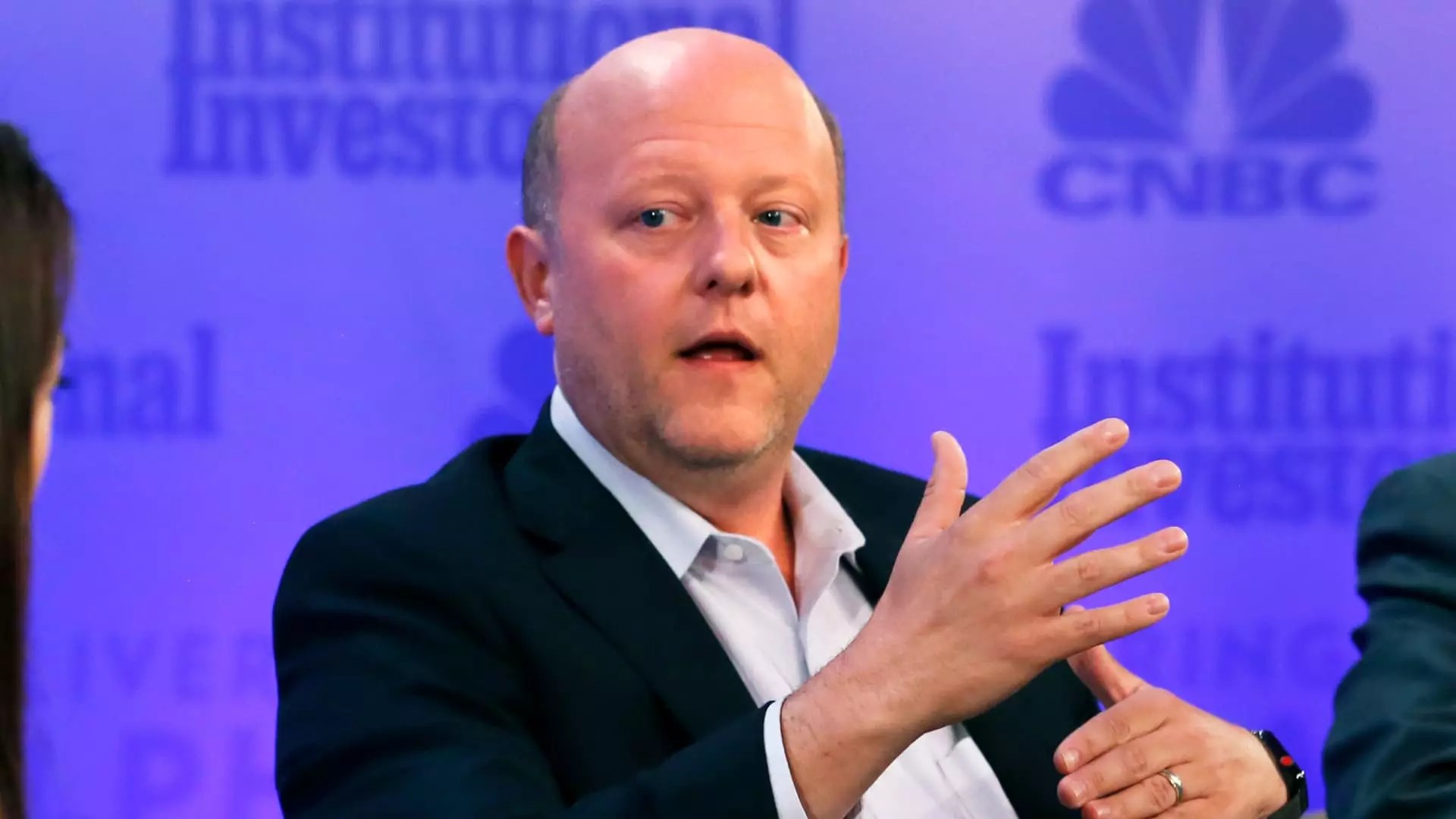In a striking move that could redefine the landscape of the cryptocurrency sector, Circle, the company behind the USDC stablecoin, has embarked on an initial public offering (IPO) journey aiming for a staggering $5 billion valuation. This endeavor highlights the growing intersection of traditional finance and digital currencies, capturing attention on Wall Street as it prepares to list on the prestigious New York Stock Exchange under the ticker symbol CRCL. With JPMorgan Chase and Citigroup as its underwriters, the excitement around this IPO is palpable, yet it comes at a time of substantial market volatility.
Circle is certainly no stranger to the public spotlight. This represents the company’s second attempt at going public, a fact that adds layers of intrigue to their resurgence. Their initial merger with a special purpose acquisition company (SPAC) fell apart towards the end of 2022, a setback caused by the tumultuous regulatory climate surrounding cryptocurrencies. Despite these past challenges, Circle’s strategic pivot—most notably relocating its headquarters from Boston to One World Trade Center in New York—illustrates a determination to cement its relevance in the financial epicenter of the United States.
Revenue Growth Against a Backdrop of Challenges
In recent years, Circle has seen its financials flourish, with a reported revenue of $1.68 billion in 2024, marking a notable increase from earlier figures. However, there is an inherent contradiction in these financials: net income has declined from $268 million to $156 million, raising questions about sustainability and operational efficiency in a climate where many tech companies are tightening their belts. The question remains—can Circle maintain its upward trajectory when faced with increasing competition and regulatory scrutiny?
Moreover, in the broader context of crypto companies going public, Circle’s journey comes at a crucial juncture when tech IPOs are still recovering from years of stagnation. Notable recent filings, including Klarna and CoreWeave, indicate a slight resurgence in investor interest, but one can’t help but wonder if Circle can achieve the success that some of its predecessors, like Coinbase, have enjoyed. Coinbase went public in 2021 with a market cap of around $44 billion, a lofty goal that Circle would be wise to be cautious about pursuing too aggressively.
The Stablecoin Landscape: A Double-Edged Sword
Circle is best recognized as the issuer of USD Coin (USDC), the world’s second-largest stablecoin. With approximately $60 billion in circulation, USDC has gained a substantial share of the market at about 26%, trailing behind Tether’s 67% dominance. The stablecoin market does show signs of growth—USDC’s market cap has increased by a notable 36% this year. Yet, Tether has only grown by 5%. This ecosystem has created competitive pressures that could influence the trajectory of Circle’s IPO.
The landscape of stablecoins stands to transform further with potential U.S. legislation on the horizon. With the current administration seemingly more favorable toward crypto innovation, the possibility of legislative measures around stablecoins could favor companies like Circle. President Donald Trump’s aspiration to enact stablecoin regulations before Congress’s August recess indicates a critical moment for this sector. A favorable regulatory framework could expand confidence in stablecoins, ultimately leading to broader acceptance and use cases across the financial spectrum.
Implications for the Crypto Ecosystem
Circle’s IPO isn’t merely a corporate finance event; it’s a signal of the maturation of the cryptocurrency industry. As USDC gains traction and becomes integral to various financial transactions, its collaboration with exchanges like Coinbase raises intriguing dynamics. With an agreement to share 50% of the USDC revenue, the stakes are elevated for participants in the crypto market. Coinbase CEO Brian Armstrong’s ambitious goal to position USDC as the number one stablecoin underscores the fierce competition within the industry.
As the stablecoin sector continues to evolve, investment implications could extend beyond traditional metrics. The growth of stablecoins could theoretically elevate trading volume and liquidity on exchanges, enhancing their relevance in both crypto trading and cross-border transactions. The very nature of stablecoins supports their viability as a backbone for an increasingly digital economy, making Circle’s IPO crucial not only for its immediate stakeholders but for the entire cryptocurrency landscape.
Circle’s ambitious IPO is emblematic of a company striving to remain relevant in an ever-evolving market. As they navigate a challenging landscape marked by regulatory hurdles and competitive pressures, their success may set a precedent for the next generation of tech-driven finance.


Leave a Reply